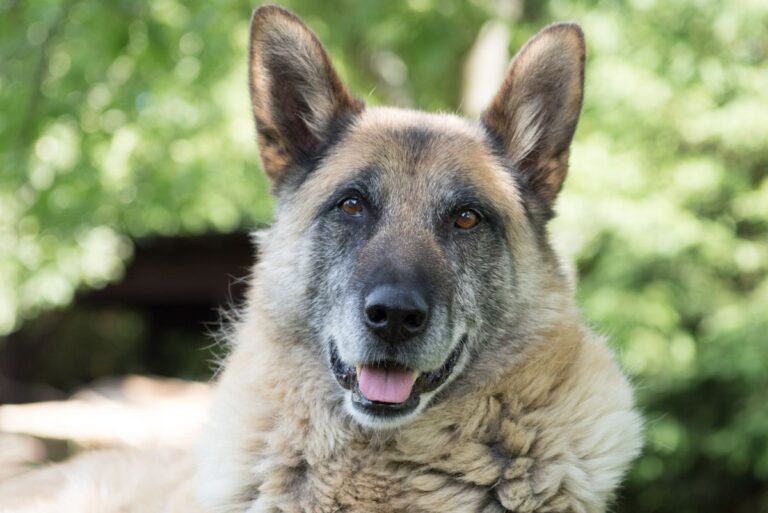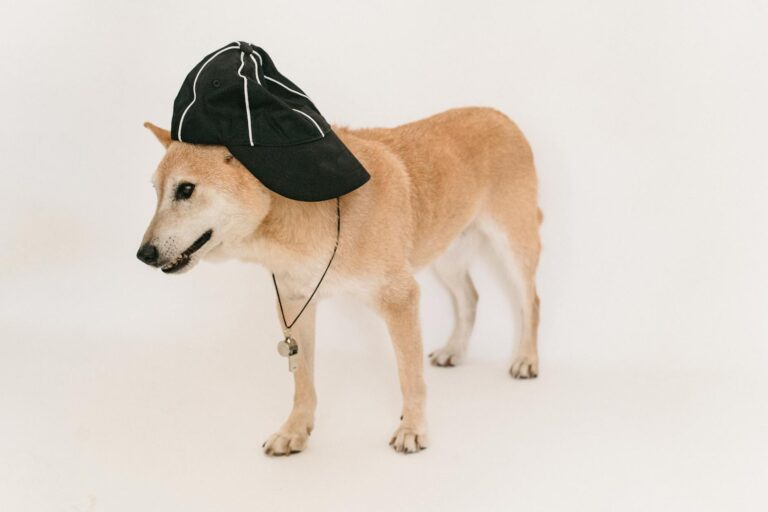Bringing Home A Christmas Puppy? Off Leash K9 Training | Dog Training Blog
Bringing your Christmas Puppy Home
So, you’ve finally chosen the perfect dog for you and your family, and it’s time to bring them home to experience the good life. Before deciding this, realize, that you are giving someone a life to take care of daily, for the next 12-15 years. You are giving them a big commitment! Keep that in mind, first.
What’s the first step? It’s not a complex thing, but necessary nevertheless.
Establish the Ground Rules
If there’s one thing dogs value in life (aside from companionship of course), it’s stability. Dogs value consistency in their lives, and that means establishing a routine for them. To do this you need to talk through the major points of note with your family. Will your dog be allowed on furniture, or allowed to eat leftovers from the dinner table? We recommend no to both of these. Will it be house trained indoors or outdoors, and where will it sleep? You need to establish these things before ever bringing your dog home, so you can provide it with a clear set of rules and routines the moment it walks through your door. Having conflicting standards or rules will just confuse your dog as to what is or isn’t acceptable behavior in the long run.
The First Forty-Eight Hours
Like anyone in a new social situation, dogs tend to be pretty nervous when they first become a member of your family. You are all new to your dog, new people that it has never interacted with before, and just like the new kid at school, it’ll take a little time for your dog to get comfortable with your family. Of course it doesn’t take dogs nearly as long to acclimate to new people, but even so you should give it at least two days, and in that time you don’t need to parade your new pet around your neighborhood or the dog park or anything. Let it get used to the nuances of you and your family before doing anything else.
Introduce Your Pets
If you already own a pet before bringing home your new one, you may need to perform some scent mingling. This is a process in which you make your new pet believe it is already familiar with another animal, such as your already resident pet. To do this, you’ll simply want to take a towel, rub it on both your family’s hands and your existing pet, and then rub it on your new pet. You’ll then want to go in reverse and rub it on your current pet and your hands again. After that you’ll want to perform a similar exercise with a brush, brushing your current pet first, then your new one with the same brush and back again. This will help mingle the scents of your pets and your family and make your new pet more comfortable in your house from day one.
Select a Vet and a Trainer
The sooner you start with these the better. You should schedule a visit to the veterinarian within two days of acquiring your new pet, and if you so choose, a trainer within a week. You should make these visits consistent and routine as well, so your pet can know when to expect them. You can see all of our locations throughout the United States here: http://www.offleashk9training.com/
Select a Dog Food
Dog food is designed to cater to all of the health needs of its consumers, but most dog food is designed for certain types of dogs, either by weight or breed or something similar. You can use www.dogfoodanalysis.com to find the ideal dog food for your new pet, but you should also find out what your dog was eating before it joined your family: picking a similar food type will make its transition even easier.
You’ll also want the transition to be gradual, so you’ll want to mix old and new food over the course of a few days until you settle completely on the new one. Over the course of a week, you should spend two days apiece serving ¾ old food and ¼ new, to ½ and ½ respectively, then to ¼ old and ¾ new, before simply changing over to the full new diet.
Dog Supplies
There is no truly right way to procure dog supplies, but you know you’ll need them. Now some of those supplies are mandatory in almost any situation, such as a leash for outdoor walks. But other supplies that may be needed depend on how your dog lives within your household. Will they sleep in a crate or simply a dog bed in the room somewhere? Will they ever ride with you in the car, and therefore need a special seatbelt? Those are variable supplies, but you’ll definitely need dog food, treats, bowls, and in most cases, dog bags.
Love, Trust, and Respect
If you know absolutely anything about dogs, you know they need love, trust, and respect over all else. You need to provide those things as soon as your dog arrives in the home, and this includes housetraining them yourself. There are different ways to go about housetraining of course, but no matter what you do, you’ll want to keep the dog within your line of sight and in the room with you when you are home, and you’ll want to have a sectioned off area for the dog to occupy in your absences. You can watch our blog on housebreaking your dog:https://youtu.be/8cjM-bGcu1Q?list=PLuVmbfjlkcMLfFf5fN-G1hd4dsI-BYRyz
Establishing these things will help teach your dog the aforementioned values that are important to its life. These first couple of days are also the best time to get to know all of your dog’s quirks. By the time this training period is over you should know a thing or two about what your dog does and doesn’t like, and take note of how well it has acclimated to your family and your rules. After this though, you’ll want to stick to the guns of your rules, and not cut too much slack: dogs are smart, and they’ll figure out what they can get away with if you let them. But with a firm and loving hand, your new pet will become a valued member of your happy family.
If you have more questions about your dog or training, please contact Off Leash K9 Training at:



